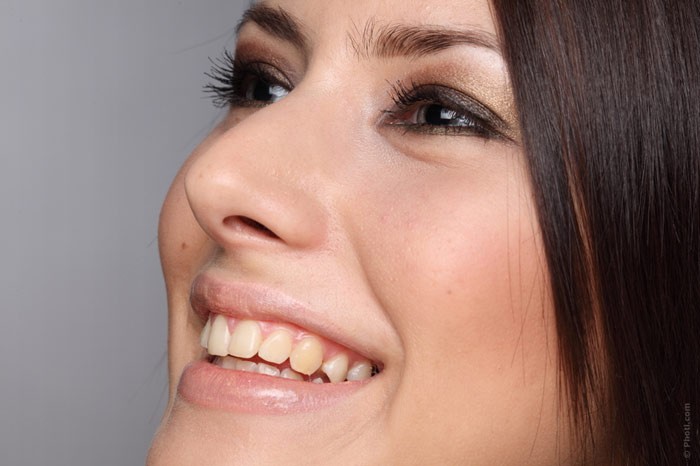If your skin glistens and even looks dirty after the moisturizing procedure, it’s time to change the care products.
Why can a moisturizer make my skin oily?
Sometimes a moisturizer can give a sheen and make the face oily, and this is not normal. Most likely, the jar contains hydrophobic substances, and your skin reacted to them by enhancing the work of the sebaceous glands. This does not mean that the cream itself is bad. It just doesn’t suit you. By the way, look for new products for nourishing and moisturizing your skin in the gallery.
What else can affect the appearance of oily sheen on the face
An improperly selected product is, of course, not the only reason for the unexpected sheen on the skin. If you use night cream during the day (some ingredients from night cosmetics do not respond well to sunlight), the order of application is incorrect. Cleaning products should always be number one, then you can use serum and only then – eye cream and moisturizer for the face.
By the way, rashes can also indicate that it is time to change the care product: apparently, the cream is so “heavy” for you that the pores are blocked, which causes the appearance of pustules or acne.
How to choose a moisturizer
First of all, you must understand what type of skin you have. The cream for dry skin should include as many moisturizing components as possible (for example, oils, peptides, hyaluronic acid, collagen, glycine). Combination skin needs vitamin E and soothing ingredients – aloe, calendula or chamomile extracts. Oily skin likes light textures (preferably water-based) containing salicylic acid, zinc, sulfur and charcoal. Soy and coconut oil are contraindicated for oily skin.
When choosing a cream, you need to consider your skin type and age. You can determine your skin type very approximately. In addition, over time or under the influence of hormones, the skin may require a new approach.

